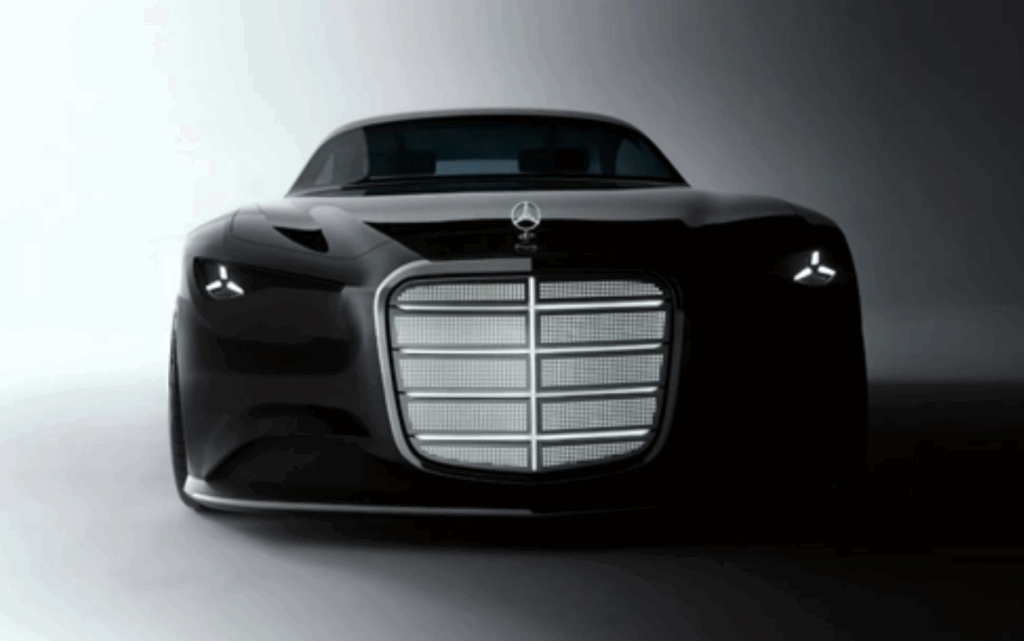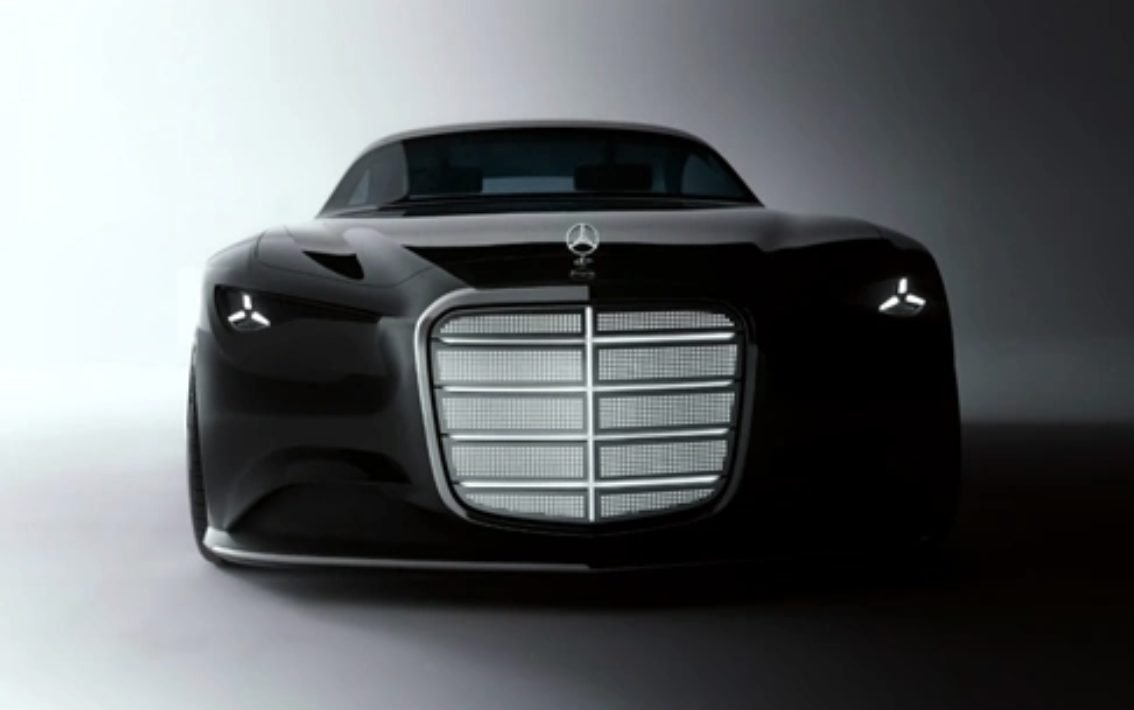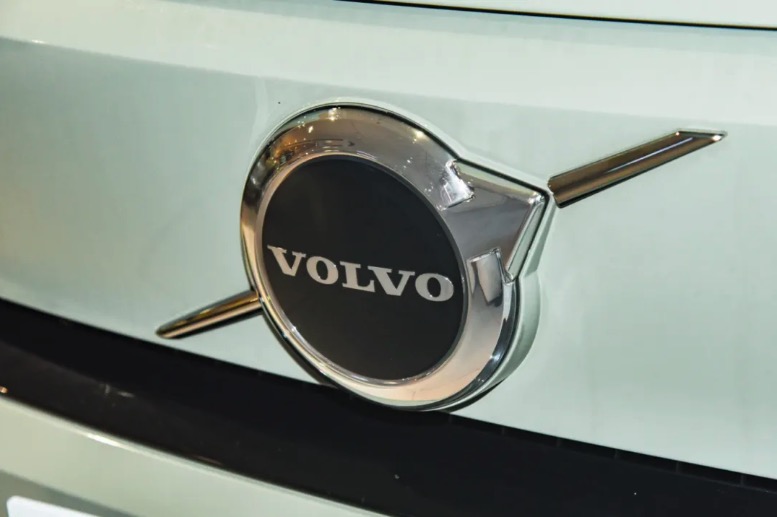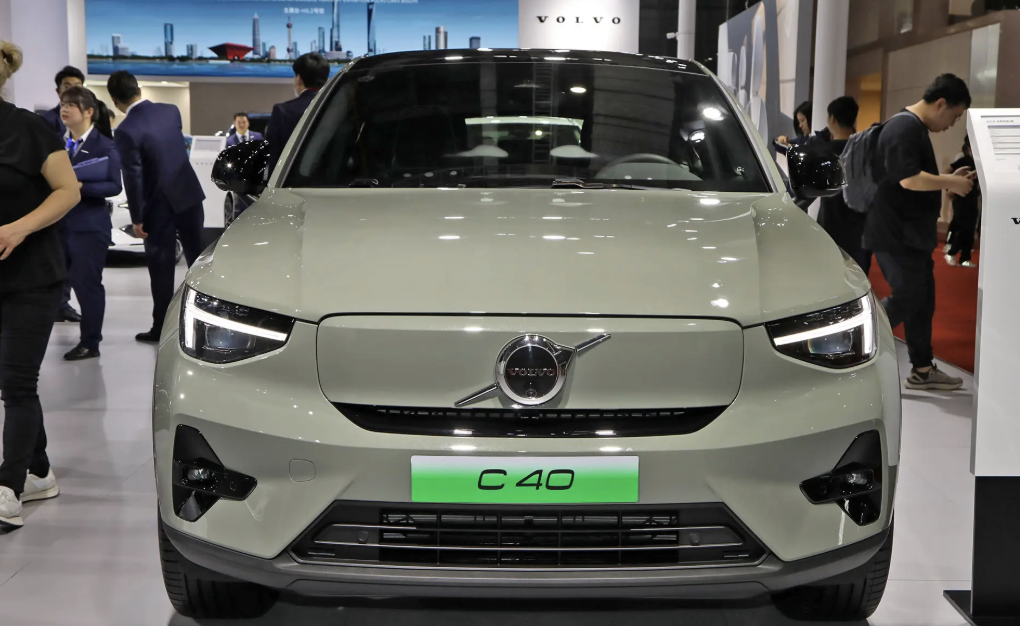On October 14, the Vision Iconic Concept Car made its global debut. The new model features the brand’s iconic shield-shaped grille, a Zeppelin-style floating glass structure, and solar module coating technology. It not only showcases the future design direction of Mercedes-Benz but also highlights the brand’s upcoming technological roadmap.

Exterior Design
The all-new Vision Iconic adopts the brand’s signature shield-shaped grille, inspired by the vertical grille designs of legendary models such as the W108, W111, and 600 Pullman. The new-generation shield grille combines a wide chrome frame, a smoked glass mesh texture, and integrated contour illumination, forming a completely new design language.
The Vision Iconic features a digitally enhanced front fascia — the hood ornament and grille can illuminate, and the animated lighting effects further express the emotional tension that light brings to digital design. The front headlights also incorporate the latest lighting technology.
Interior Design
Inside, the Vision Iconic draws inspiration from the Art Deco style, showcasing exquisite craftsmanship and exclusive materials. At the center of the dashboard sits the “Zeppelin” floating glass structure, which integrates the functions of both classic analog dials and digital instrument displays.
Innovative Technologies
Mercedes-Benz has applied solar module coatings to the vehicle’s surface — a photovoltaic active layer adaptable to various substrates. When the entire car is coated, the solar surface can extend driving range by harvesting solar energy. Under ideal conditions, 11 square meters of solar coating can generate enough energy to add up to 12,000 km of range per year, with solar cells achieving up to 20% efficiency. The system can even continue generating power when the vehicle is turned off.
Autonomous Driving
The Vision Iconic concept also pioneers neuromorphic computing within its artificial neural network system. This technology mimics the human brain’s processing patterns, enabling higher computational efficiency and faster processing speeds. It enhances recognition of traffic signs, lanes, and other road users, even under poor visibility, reacting ten times faster than current systems. Thanks to neuromorphic computing, the energy consumption for autonomous driving data processing could be reduced by up to 90%. The concept car supports Level 4 (L4) highly autonomous driving, allowing the driver to fully disengage, and it also supports automated parking.
Steering and Handling
The Vision Iconic features steer-by-wire technology combined with rear-wheel active steering, significantly improving handling agility as well as maneuverability and parking convenience.



